Downtown Jeju Tour
Course A
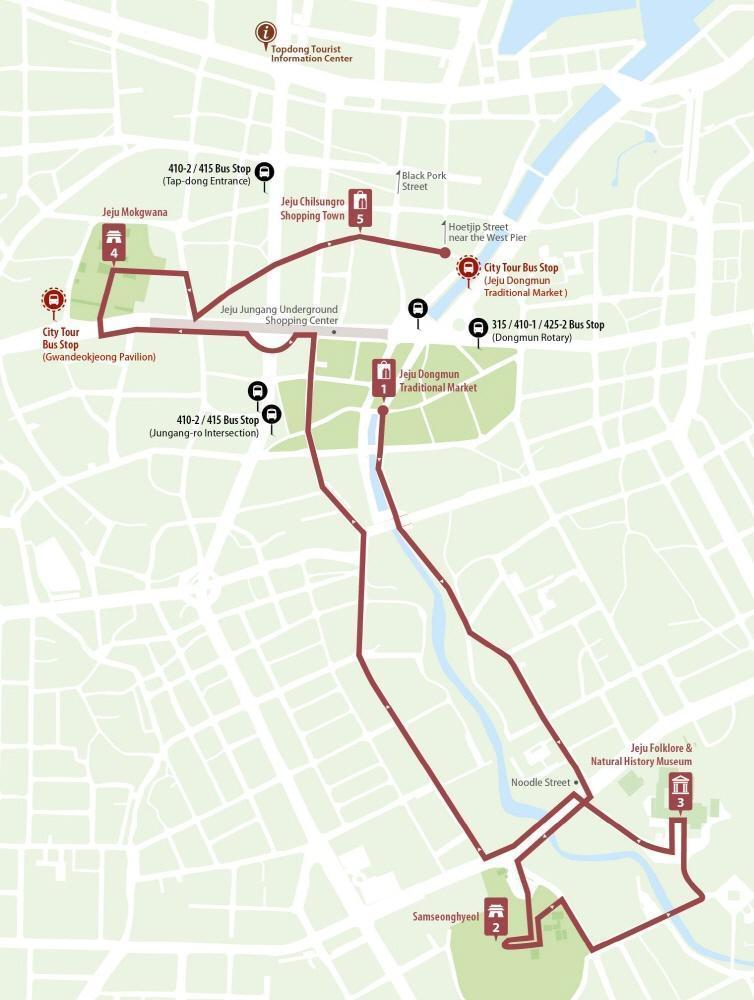
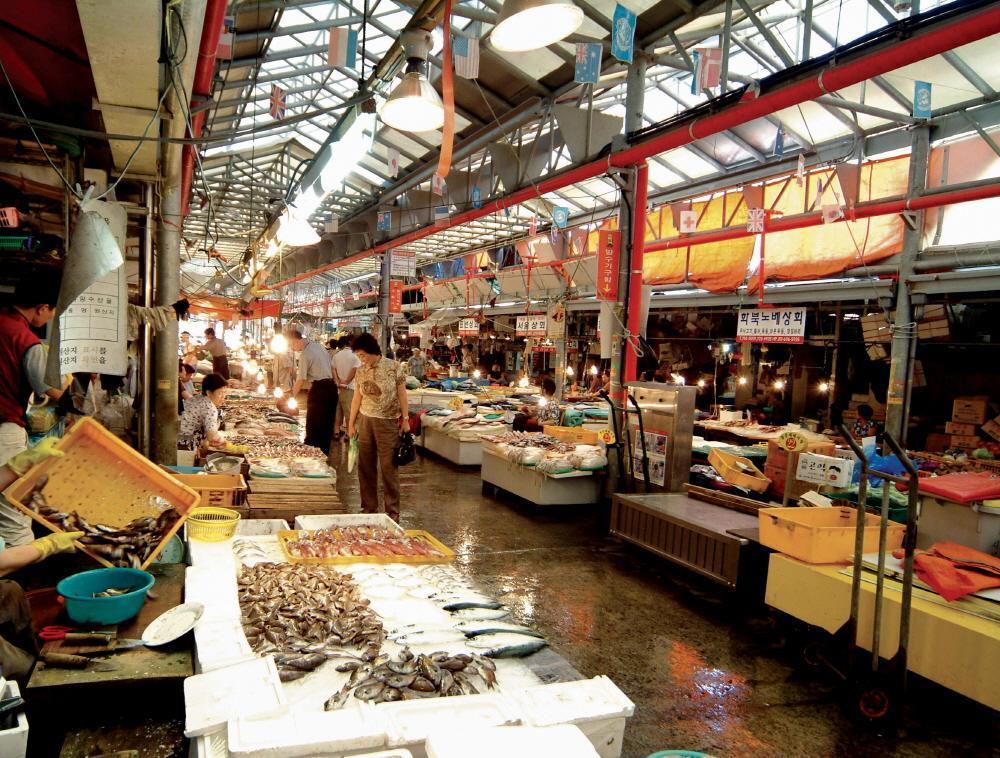
1. Jeju Dongmun Traditional Market, where you can find all kinds of Jeju specialties
Jeju Dongmun Traditional Market is the oldest traditional market in Jeju. You can easily find orange tangerines displayed at the entrance of the market. Don’t forget to visit the fish section where you can find Jeju cutlassfish and tile fish. You can buy a dish of sliced raw fish, served fresh upon order, for 10,000 won. Various kinds of snacks including mini-sized hareubang bread stuffed with tangerine cream and 100% hallabong juice are not to be missed.
- 20, Gwandeok-ro 14-gil, Jeju-si, Jeju-do
- 08:00–21:00
- * Make sure to bring cash with you.
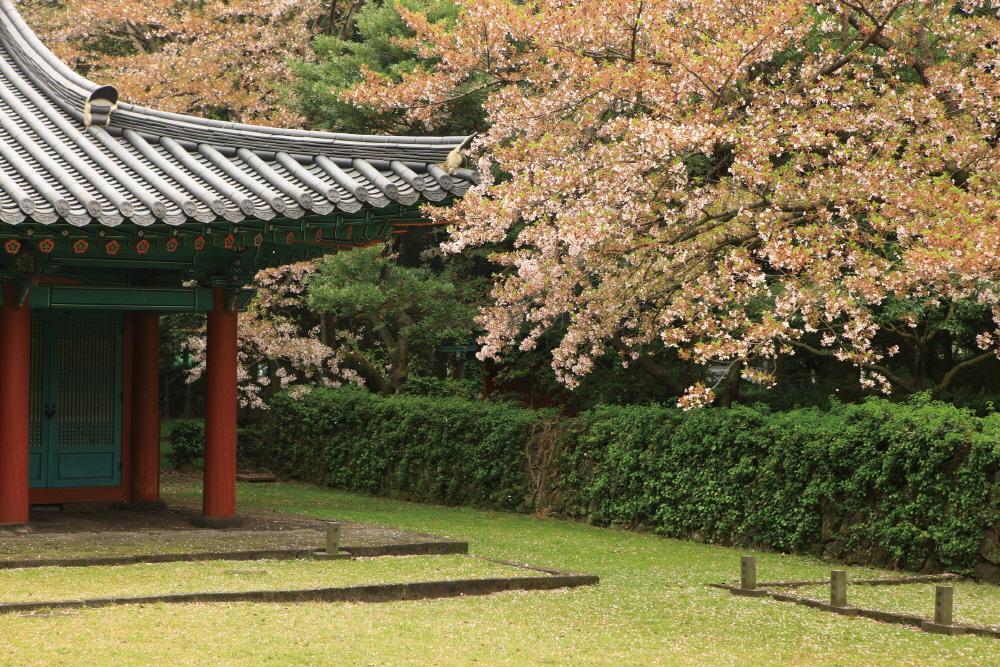
2. Samseonghyeol, where Jeju’s founding myth was born
With a thick pine forest and old trees boasting over 500 years of history, Samseonghyeol is a great destination for those who want to take a walk. It also is a historic site where Jeju’s founding myth was born. There are three holes, where three gods appeared according to the legend, which can be clearly seen even from afar. Old trees, surrounding the three holes, appear as if they are bowing toward the holes, adding to the mysterious atmosphere of the site.
- 22, Samseong-ro, Jeju-si, Jeju-do
- Summer (Apr.–Sep.) 08:30–18:30 / Winter (Oct.–Mar.) 08:30–17:30

3. Jeju Folklore & Natural History Museum, where you can learn everything about Jeju
If you are curious about why “Jeju Volcanic Island and Lava Tubes” were chosen as UNESCO World Heritages and want to learn more about oreums (parasitic cones) and haenyeos (female divers), visit the Jeju Folklore & Natural History Museum. You can find everything about Jeju, including the life of Jeju locals, natural resources and folk culture. You can see a model of Yongcheondonggul Cave, a UNESCO World Heritage Site and try on a garot, Jeju’s traditional clothing.
- 40, Samseong-ro, Jeju-si, Jeju-do
- 08:30–18:30
- Adult 1,100 won
- museum.jeju.go.kr (EN/CH/JP)

4. Jeju Mokgwana
Jeju Mokgwana is the site where the former government office for Jeju’s old administrative district called Jejumok existed. You can see buildings from the Joseon Dynasty along with a small pond and a tangerine garden. Manggyeongnu, the only 2-story building in Jeju Mokgwana, houses the Tamnasullyeokdo, an illustration record of a government official’s inspection tour during the Joseon Dynasty. The view of various buildings seen from Manggyeongnu is quite unique.
- 25, Gwandeok-ro, Jeju-si, Jeju-do
- 09:00–18:00
- Adult 1,500 won
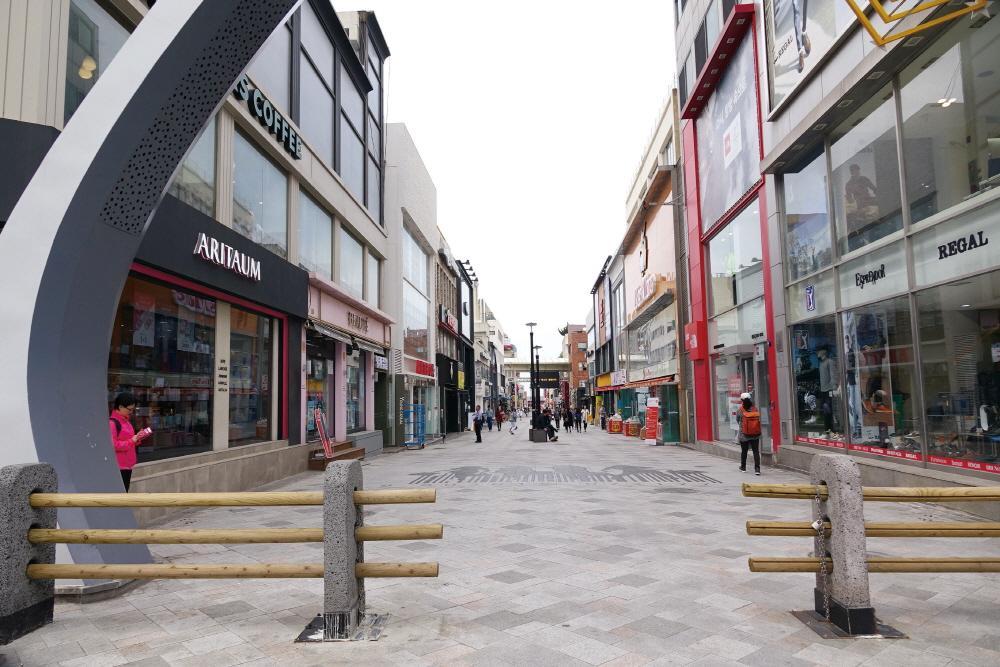
5. Jeju Chilsungro Shopping Town, close to Jeju Dongmun Traditional Market and the sea
Called the Myeong-dong of Jeju, Jeju Chilsungro Shopping Town is a major shopping area in Jeju where you can conveniently visit various clothing, shoes and cosmetics brand shops. Enjoy downtown street shopping after trying some local food specialties at Dongmun Traditional Market.
- 20, Jungang-ro, Jeju-si, Jeju-do
Coastal Tour near Yongduam Rock
Course B
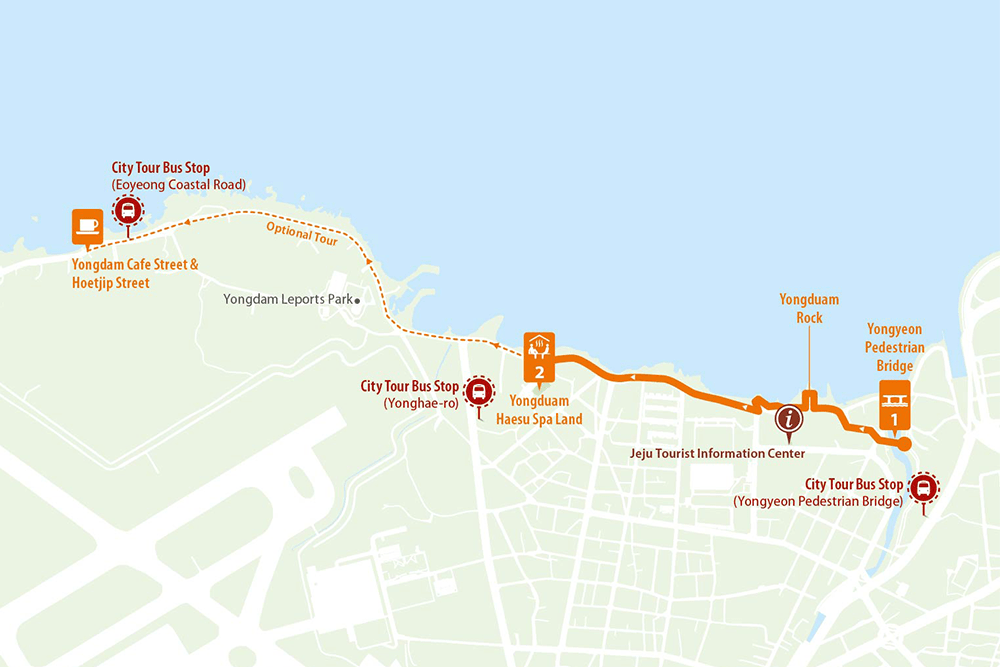
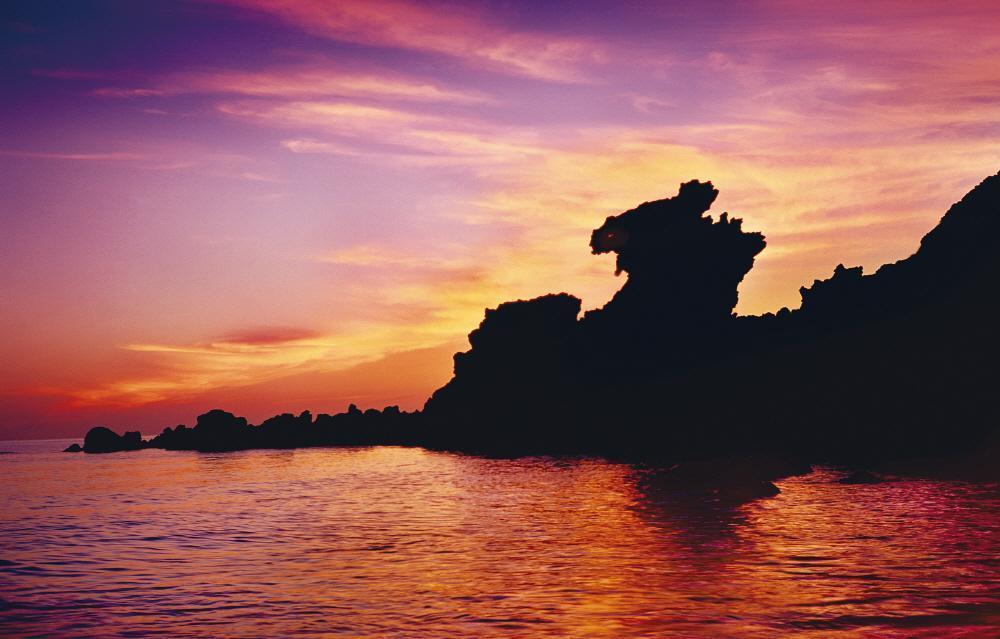
1. Yongduam Rock (Dragon Head Rock) & Yongyeon Pedestrian Bridge
Both Yongyeon Pond and Yongudam Rock (Dragon Head Rock) have a legend about a dragon, probably because of their mysterious landscape. Oddly-shaped rocks, clear turquoise waters, and the beautiful red pavilion seen from the bridge over the pond resemble a beautiful oriental painting. The dragon head shape of Yongduam Rock, which stands on an ocean cliff, can be seen best from the side.
- Yongduam-gil, Jeju-si, Jeju-do

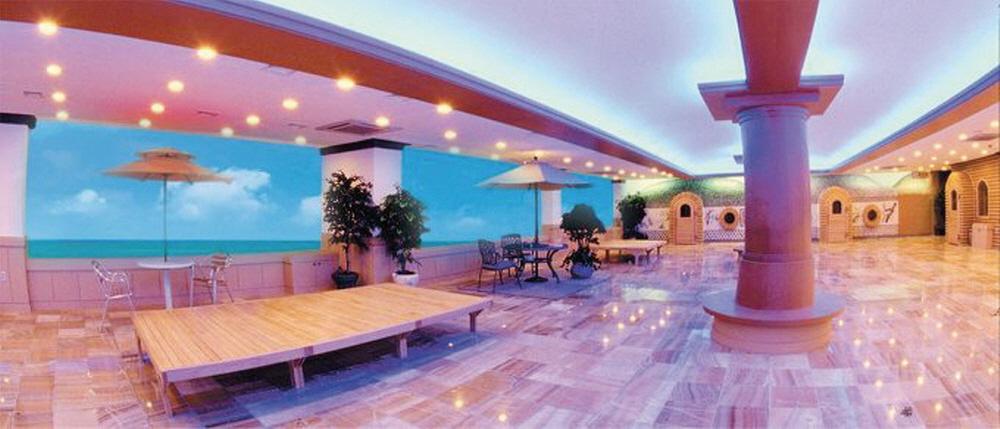
2. Yongduam Haesu Spa Land with Korean-style jjimjilbang sauna
You can enjoy a sauna that uses clean Jeju seawater abundant in minerals. The jjimjilbang sauna is surrounded by an exotic atmosphere, where an unhampered ocean view and palm trees can be seen from the window. Try bulhanjeungmak, a kiln-sauna that eliminates toxins from the body through sweating. Stone roasted eggs and rice punch are popular snacks that can be found at the jjimjilbang.
- 630, Seohaean-ro, Jeju-si, Jeju-do
- Open all year, 24 hours a day
- Seawater sauna (Basic fare): Adult 6,000 won /
Additional charge of 2,000 won for using the jjimjilbang

UNESCO World Natural Heritage Site Tour
Course C
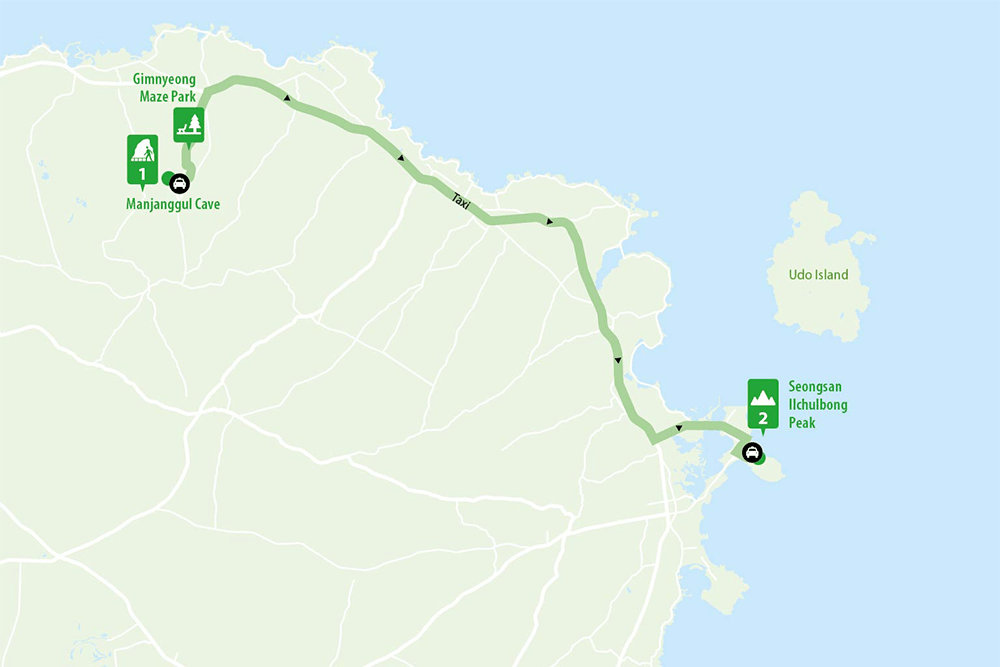
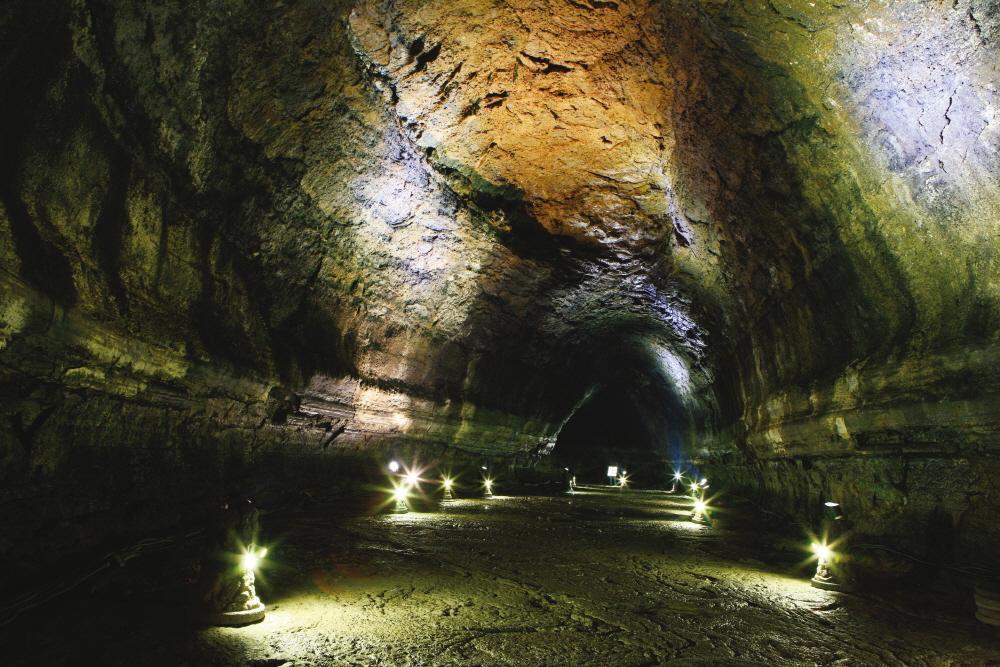
1. Manjanggul Cave, the world’s longest lava tube
Jeju has many large-scale lava tubes. Manjanggul Cave is a wellknown lava tube on the northeast side of the island. Out of the cave’s 7.4 km length, a 1 km section is open to the public. You can see a turtle shaped rock that resembles Jeju Island as well as a lava structure that looks like an elephant’s toes. The lava column that runs from the top to the bottom is surprisingly magnificent.
- 182, Manjanggul-gil Gujwa-eup, Jeju-si, Jeju-do
- 09:00–18:00 (Closed every first Wednesday of the month)
- Adult 2,000 won
- * Registered as a UNESCO World Natural Heritage Site in 2007 and a Global Geopark in 2010
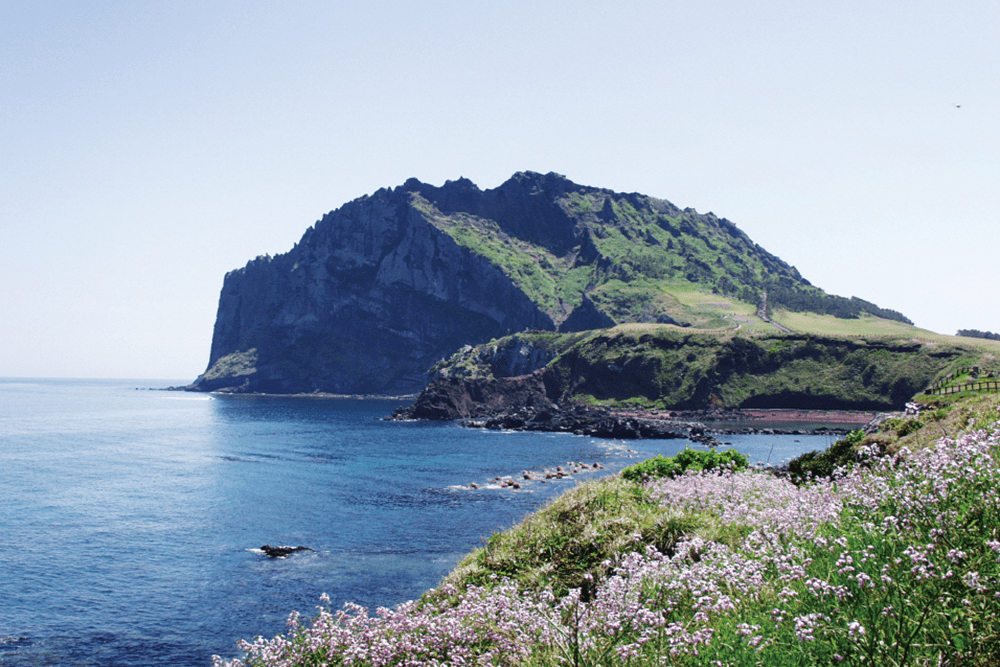
2. Seongsan Ilchulbong Peak, ranked top as a must-visit place in Jeju
Along with Hallasan Mountain, Geomum Oreum and the lava tubes, Seongsan Ilchulbong Peak is a UNESCO World Natural Heritage site. Seongsan Ilchulbong Peak, which is noted for its beautiful sunrise view, is a must visit site for tourists in Jeju. Around the crater are 99 rocks that look like a crown over the blue ocean. The panoramic ocean view from the top of the peak is quite magnificent.
- 284-12, Ilchul-ro Seongsan-eup, Seogwipo-si, Jeju-do
- A round trip takes 50 mins
- Adult 2,000 won
- * 5,000 won for horse-riding at the entrance
Enjoy the “taste of Jeju” near Seongsan Ilchulbong Peak
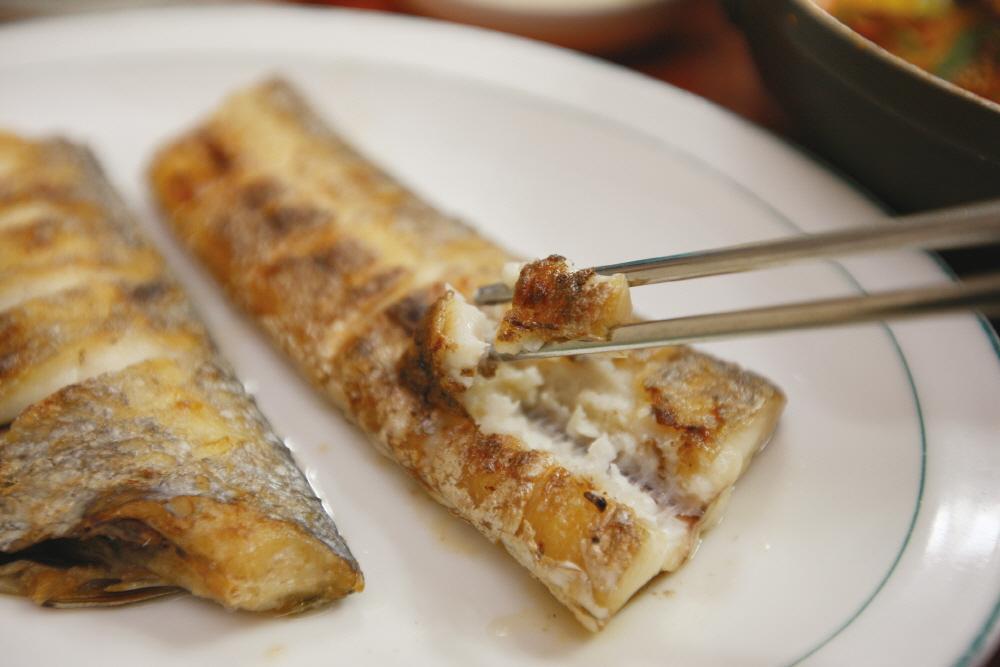
Tonggalchigui
Well-grown Jeju cutlassfish(galchi) is grilled until golden. The grilled fish is crispy on the outside and moist on the inside.

Haemulttukbaegi
Blue abalone, blue crab and clams are boiled in a soybean paste broth. The hotpot boasts a clean and refreshing flavor.

Seonggemiyeokguk
Enjoy the unique flavor of fresh sea urchin and soft seaweed, as well as the refreshing and rich flavor of the broth.


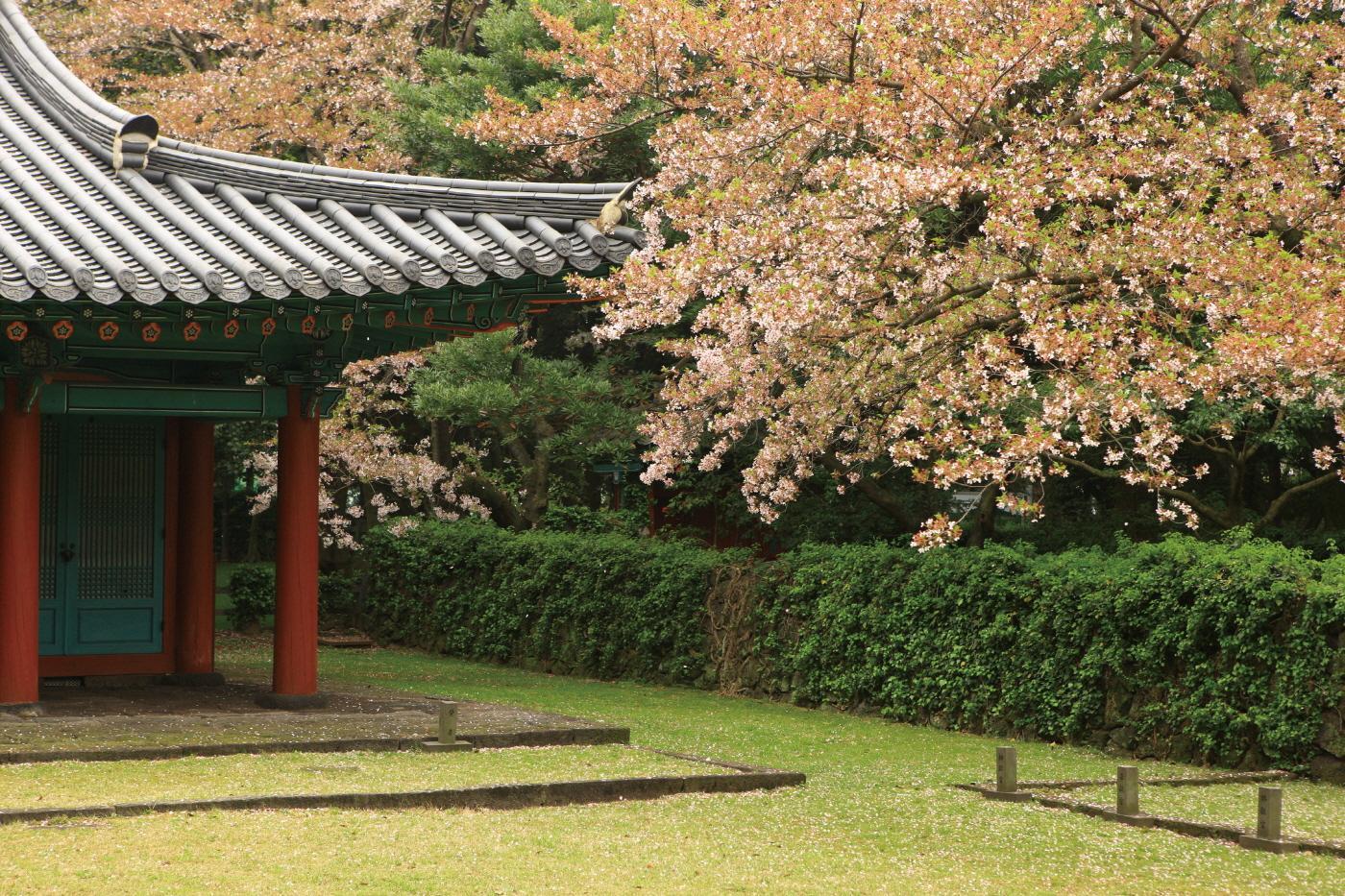










![[A ZONE] Gangnam Food Spot](https://m.dgram.co.kr/wp-content/uploads/2020/09/A존-알래스카3-특성이미지_S-324x160.jpg)
![[A ZONE] Gangnam Life Style](https://m.dgram.co.kr/wp-content/uploads/2020/09/로우클래식1-특성이미지_S-324x160.jpg)




